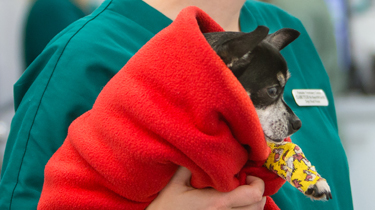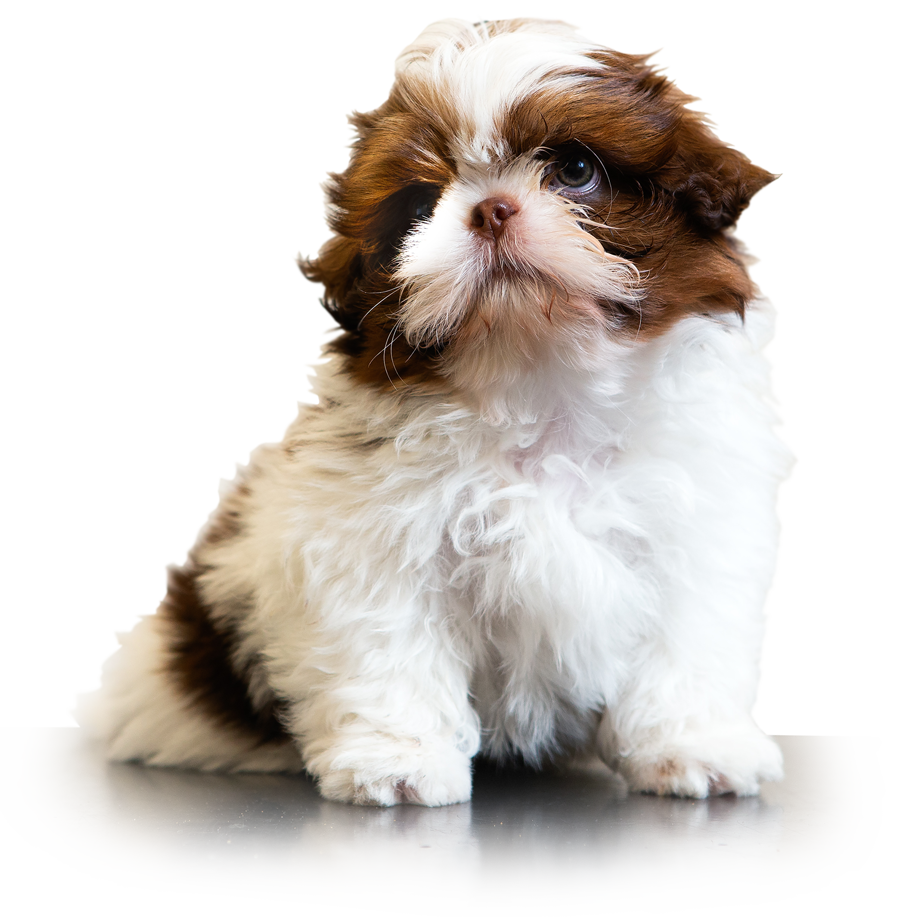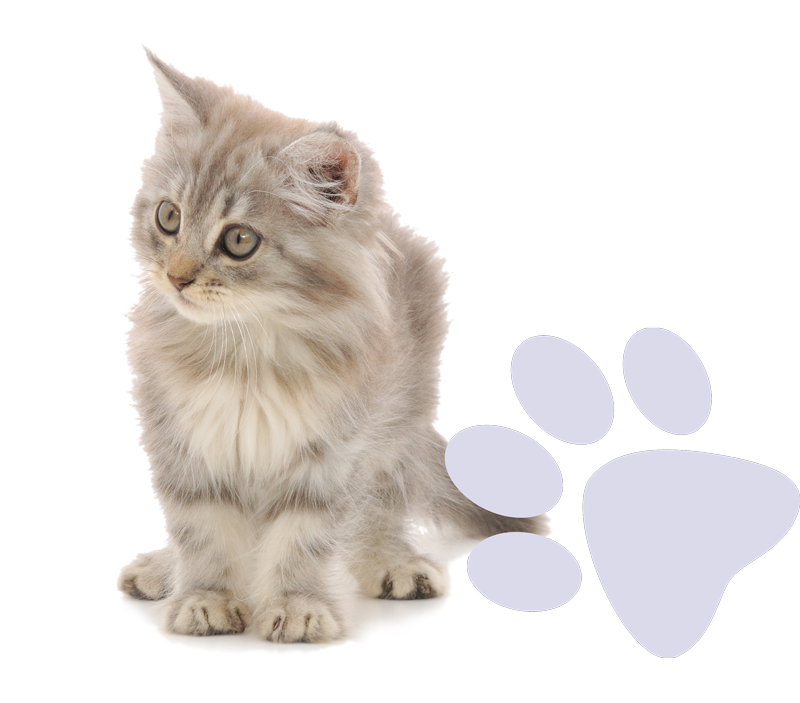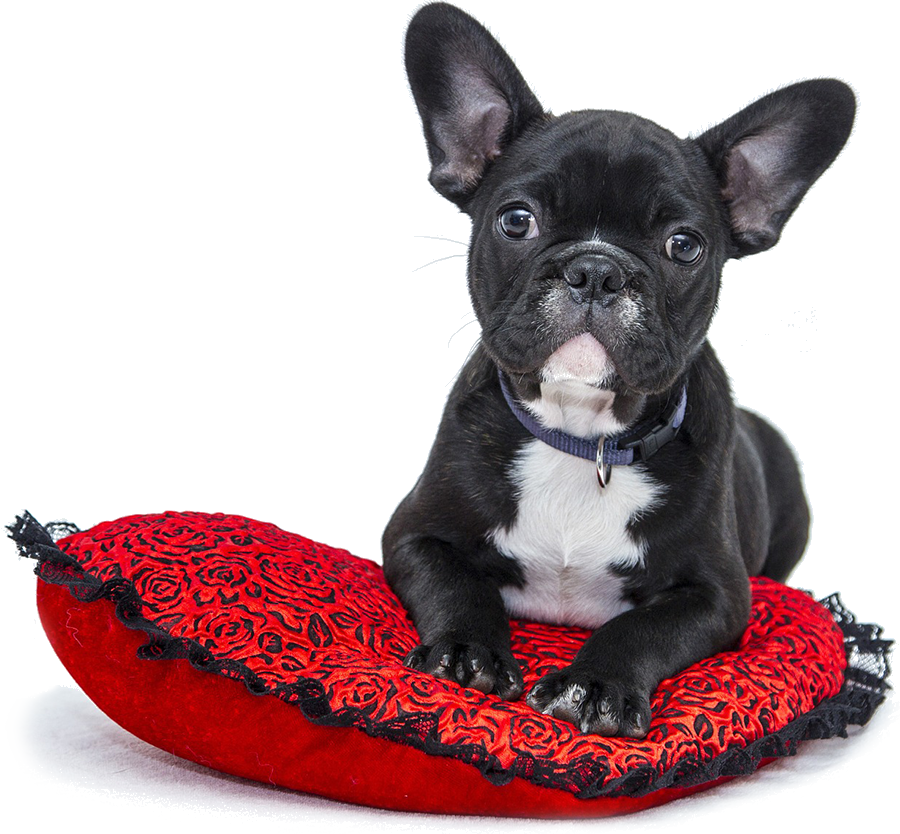We are one of the few first opinion practices in Surrey to offer these procedures and are extremely proud to offer this service to our clients and their pets.
We routinely carry out:
- Bitch spays (ovariohysterectomies/ovariectomies)
- Cryptorchid castration in males (undescended testicles)
- Liver, pancreatic and kidney biopsies
- Exploratory surgery

Both the animal and owner benefit from laparoscopic surgery compared to traditional open methods.
These benefits include:
- Reduced postoperative pain
- Smaller incisions (generally less than 5mm)
- Faster healing
- Less tissue manipulation
- Quicker recovery time and shorter hospital stay
- Lower infection rates
- Decreased blood loss
Laparoscopy has significantly expanded the range of surgical procedures we can offer our clients. If you’re interested in learning more about how it works or if you believe your pet could benefit from a laparoscopic procedure, please feel free to come in and chat with us.
Endoscopy
We have a variety of both flexible and rigid scopes that enable us to look into all sorts of nooks and crannies!


Using a scope in the ear or nose or urinary tract, allows us to see much more than what the naked eye can perceive. It also enables us to take biopsy samples with minimal trauma and discomfort for the patient.
Our flexible scopes allow us to visualize the entire digestive tract, from the mouth to the stomach and through the small intestine. They greatly assist us in removing foreign bodies and obtaining biopsies for intestinal evaluations. This approach results in less pain for the patient and shorter recovery times compared to traditional open surgery.

Brachycephalic Obstructive Airway Syndrome (BOAS)
Brachycephalic Obstructive Airway Syndrome (BOAS) is a significant condition that affects many dogs with brachycephalic (short-nosed) structures. Common breeds afflicted by this syndrome include English Bulldogs, French Bulldogs, Pugs, Shih Tzus, and Pekingese. If you have a brachycephalic dog, it is crucial to consult with a veterinary professional who specializes in this area to assess the dog’s specific condition and determine if treatment for BOAS is necessary.
Fracture Repairs
In our facility, we are fully equipped to handle a wide range of fracture repairs. Our highly trained veterinary surgeons utilize various advanced fracture fixation methods to achieve optimal outcomes for your pet. Each fracture repair is tailored to the individual needs of the pet, considering the nature of the fracture, the location, and the overall health of the animal.
In the unfortunate event that your pet suffers a fracture, our dedicated veterinary team will provide comprehensive guidance to help you navigate the best course of treatment. We will outline the surgical options available and discuss rehabilitation protocols to ensure a smooth recovery process. Our priority is to ensure that your pet receives the best possible care during this challenging time.
Cruciate Ligament Repair
Cruciate ligament injuries are among the most common causes of hind limb lameness in dogs. The cranial cruciate ligament (CCL) is particularly susceptible to rupturing due to long-term degeneration, which is often a gradual process. Over time, the collagen fibres in the ligament weaken, increasing the risk of injury.
Unlike human athletes who commonly injure their cruciate ligaments due to high-impact sports or traumatic events, dogs often suffer from degenerative changes. While the exact cause of this degeneration is not fully understood, certain breeds are genetically predisposed to this condition. Breeds such as Labradors, Rottweilers, Boxers, West Highland White Terriers, and Newfoundlands are particularly at risk. Additional factors contributing to CCL injuries include obesity, individual conformational traits, hormonal imbalances, and specific inflammatory conditions affecting the joints.
For dogs requiring cruciate ligament repair, we currently offer two primary surgical options:
Tibial Tuberosity Advancement (TTA):
This procedure is suitable for most dogs weighing over 15 kg and is competitively priced compared to many specialty referral centres. The TTA procedure involves repositioning the tibial tuberosity to improve stability in the knee joint. Following this surgery, most dogs can begin weight-bearing on the operated leg within the first three days and are typically back to normal function within 8 to 12 weeks. The advantages of TTA include a quicker recovery and a more predictable outcome, particularly beneficial for larger or athletic breeds.
Lateral Suture Technique:
This technique is primarily employed for smaller dog breeds. It involves placing a nylon suture that mimics the function of the cranial cruciate ligament, effectively stabilizing the knee joint. Although this is a less complex procedure, dogs may experience a slightly extended period of non-weight-bearing lameness after surgery, but they are also expected to return to normal activity within the same timeframe of 8 to 12 weeks.
Throughout the recovery process, our team will provide ongoing support, monitoring, and guidance to ensure that your dog heals properly and regains mobility as safely and efficiently as possible.
